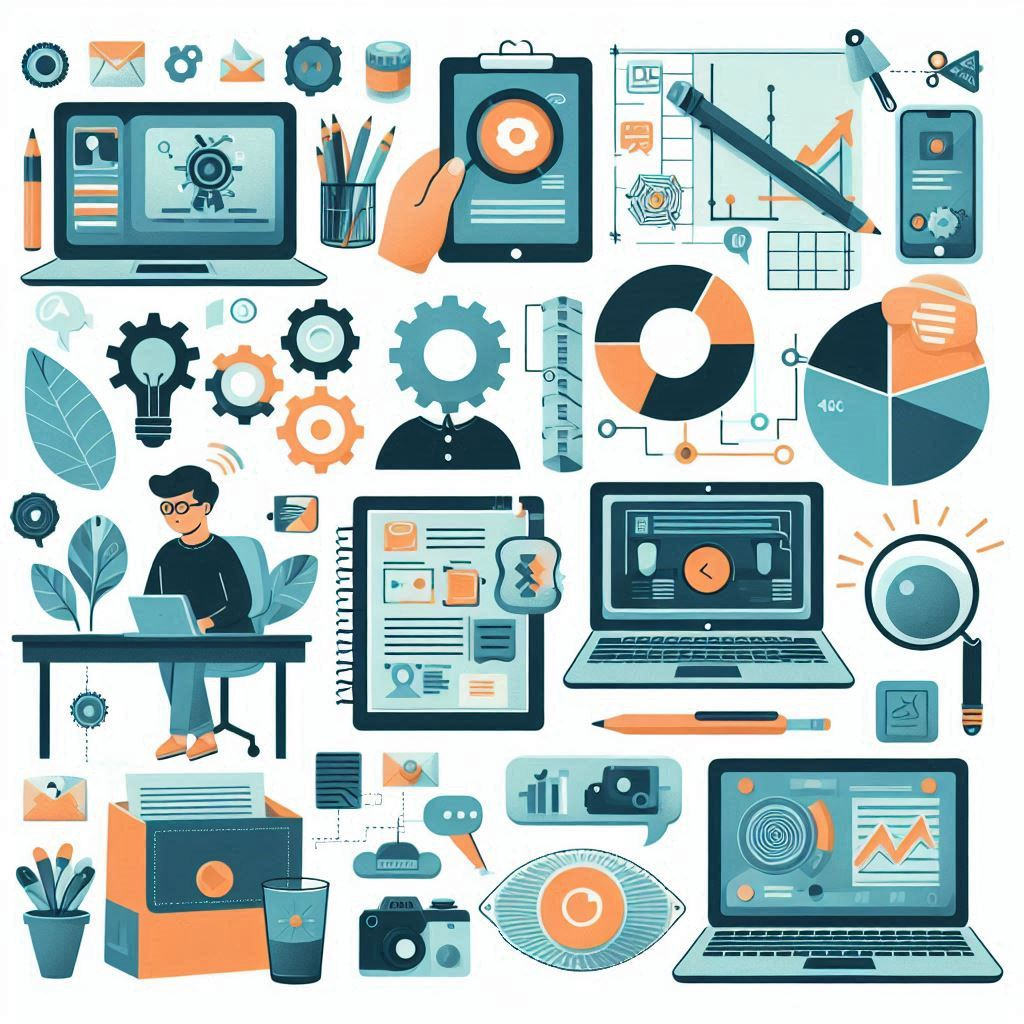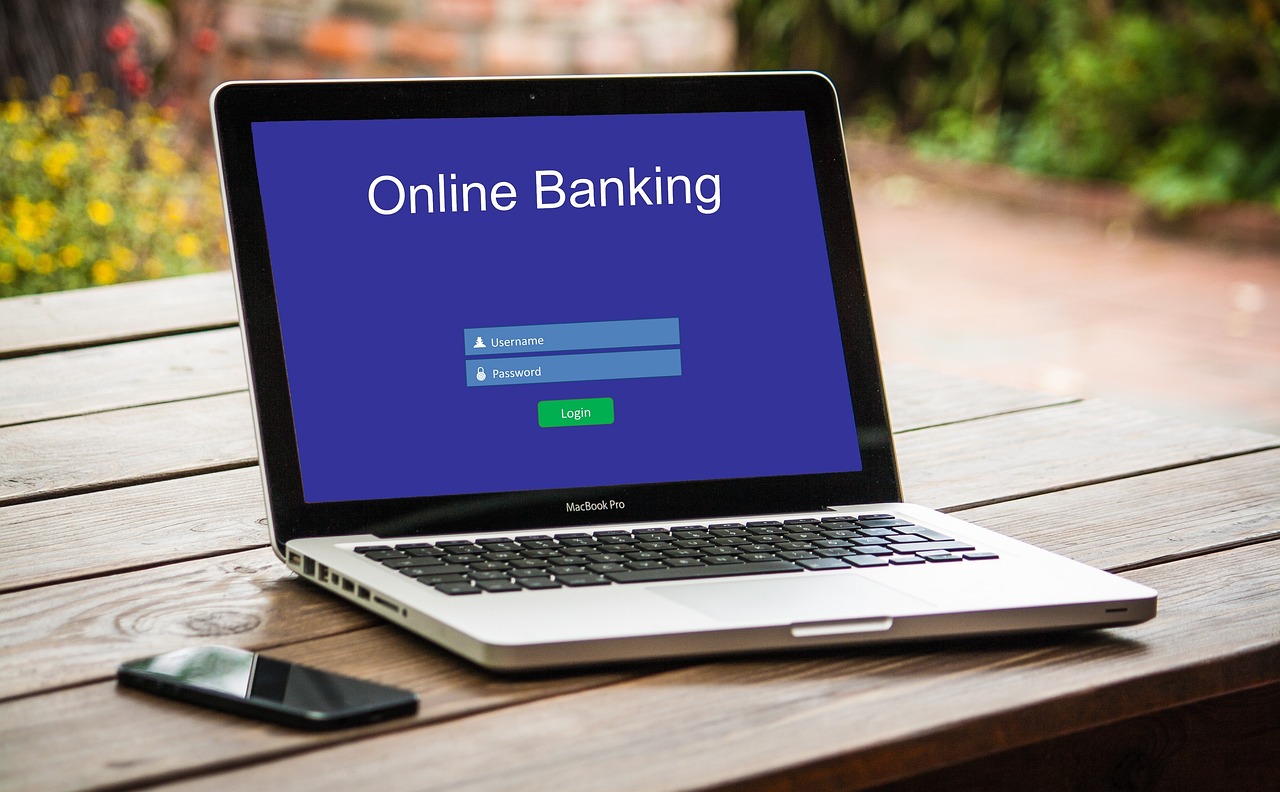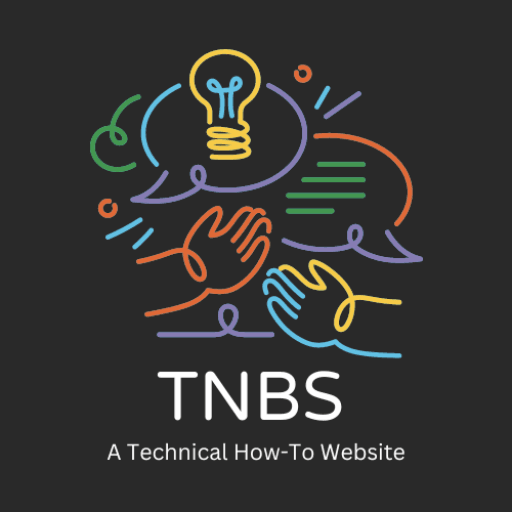Have you ever wondered what technical writing is? Perhaps you’ve heard the term thrown around at work or school, but you’re not sure what it means. Grab a comfortable seat and a cup of coffee, because today we’re going to break down the intriguing world of technical writing in a way that’s both straightforward and, dare I say it, enjoyable!
Technical writing encompasses more than just dense manuals and ambiguous instructions. It is an art form in and of itself, assisting readers in comprehending complex information without the need for a PhD. Whether you’re an aspiring writer or simply inquisitive, you’ll learn about the various types of writing and perhaps get a new appreciation for the craft. So, let us get started!
Types of Technical Writing:
Technical writing takes various forms, each having a distinct purpose. Technical writing simplifies difficult material for a wide range of audiences, from user manuals that walk you through how to use a product to regulatory paperwork that ensures legal compliance.
Whether it’s producing captivating technical articles or exact SOPs, the goal of any technical writing is to inform and clarify.
User Manuals and Guides
First, we have user manuals and tutorials. These are generally what come to mind when you hear the term “technical writing.” They’re the little pamphlets that arrive with your new electronics, explaining how to use your new coffee maker or operate your fancy new smartphone.
Don’t roll your eyes just yet! Writing a decent user manual is similar to creating the ideal recipe. Make sure each step is clear, succinct, and simple to follow. Consider if the directions for assembling your new IKEA furniture were a jumbled mess. Yikes, right? A decent guidebook or guide ensures that does not happen. It guides you through the procedure, ensuring that even the least tech-savvy individual can follow along without breaking.
So the next time you successfully assemble a flat-pack bookshelf, take a moment to thank the technical writer who made it all possible. They probably saved you some swear words and a lot of frustration!
Technical Reports
Now, let us discuss technical reports. Consider them the literary equivalent of Sherlock Holmes. They research, evaluate, and present findings on a specific issue. These reports are frequently jam-packed with data, charts, and graphs that, if not presented clearly, can leave you dizzy.
The purpose here is to provide a detailed description of a specific circumstance or study. Technical reports are commonly utilized in fields such as engineering, research, and healthcare. A technical report, for example, could investigate the findings of a recent experiment or provide an in-depth examination of a new technological advancement.
But don’t let the word “report” put you off. A smart technical writer can turn boring, data-heavy writing into something intriguing and digestible. They’re like magicians, translating scientific jargon into simple English that everybody can understand.
White Papers
White papers may sound tedious and scholarly, but they are one of the more engaging sorts of technical writing. These are persuasive publications that provide in-depth information about a product, service, or solution. What’s their job? To convince you, the reader, that the solution offered is the best option available.
Imagine you’re attempting to persuade a friend to try your favourite new coffee blend. You would not simply say, “It’s good.” You’d go into depth about the rich aroma, the smooth flavour, how it’s ethically sourced, and why it’s better than others. That is what a white paper does, albeit on a much bigger scale and frequently in a corporate or technological context.
White papers combine persuasive writing and rigorous facts, making them effective tools in fields such as technology and finance. They educate and persuade while projecting an aura of authority and experience. A well-written white paper is like a ninja—quiet, precise, and extremely effective.
API Documentation
API documentation is the next item on our list. If you’ve never heard of an API, don’t be concerned—you’re not alone. API stands for Application Programming Interface, which is a fancy way of describing how various software programs communicate with one another. Consider it a bridge that connects various apps and services.
API documentation now focuses on explaining how these bridges work. It’s akin to crafting the ultimate developer guidebook. This type of technical writing must be absolutely clear, because if developers misinterpret the documentation, the product may have major problems. Nobody wants an app that crashes constantly, right?
Technical writers who specialize in API documentation must be exact, detailed, and meticulous. They’re like the IT world’s interpreters, ensuring that everyone knows exactly how to use these digital tools to create something wonderful.
Case Studies
Finally, let’s discuss case studies. If you think technical writing cannot be creative, think again! Case studies combine storytelling and statistics. They demonstrate how a product or service assisted in the resolution of a specific problem for a consumer or client.
Imagine telling a buddy about how a new workout program helped you lose weight and feel more energized. You’d describe your experience, the problems you encountered, and how this strategy worked for you. That is exactly what a case study does, just in a professional setting.
Case studies frequently include interviews, statistics, and real-world examples to provide a comprehensive picture. They are captivating because they tell a tale with a beginning, middle, and happy ending. Plus, they show potential clients what is possible, which is far more exciting than simply listing features and benefits.
Just when you thought you understood technical writing, there’s more to learn! The realm of technical writing is large and diverse, encompassing considerably more than user guides and API documentation. Let’s look at a couple of other sorts that are equally significant, each with its distinct purpose.
This is used everywhere, whether you’re writing a technical article or creating a standard operating procedure.
Technical Articles
Technical articles are the underappreciated heroes of the internet. They are intended to educate and inform readers on a given topic in a detailed, easy-to-follow manner. Consider them mini-lessons that help you grasp a subject, whether it’s comprehending the fundamentals of machine learning or the complexities of blockchain technology.
These stories are frequently found on technology blogs, company websites, and specialized periodicals. The goal is to break down difficult ideas into manageable chunks that everybody can understand. What’s the challenge? Balancing technical depth and readability. You don’t want to bore your readers with jargon, but you also don’t want to simplify the topic to the point that it loses its meaning.
A superb technical essay, like a good teacher, makes learning easy and enjoyable. It walks you through the topic step by step, making sure you comprehend each concept before going on to the next. By the end of the article, you should feel a little smarter and more confident about your knowledge of the subject.
Also read: What is Technical Writing? Essential Guide for Aspiring Writers
Standard Operating Procedures (SOPs)
Next, we have Standard Operating Procedures or SOPs. If you’ve ever worked in a structured workplace, you’ve probably seen these documents. SOPs are thorough written instructions that help staff do complex routine tasks. They ensure that duties are completed consistently and accurately every time.
Imagine attempting to prepare your favourite food without a recipe. You may get it right, but there is a risk you will make a mistake. SOPs are like recipes for the workplace—they provide step-by-step guidance to getting things done correctly. SOPs are essential for preserving quality and efficiency, whether they are used to handle customer complaints, process invoicing, or ensure laboratory safety.
Developing a SOP is more than just outlining steps; it is about clarity and precision. A good standard operating procedure leaves no opportunity for doubt. Every instruction is explicit, every phrase is defined, and there are no ambiguities. That way, whether you’re new to the job or an experienced veteran, you’ll know exactly what to do.
Regulatory Documents
Regulatory documents are all about compliance. These are the documents that businesses must produce to comply with government or industry rules. They act as compliance officers, ensuring that businesses adhere to the laws and regulations established by regulating organizations.
If you work in drugs, finance, or aviation, you’ve probably come across regulatory documentation before. They can cover anything from safety protocols to environmental impact studies. What’s the goal? To ensure that businesses follow legal criteria while maintaining the highest levels of safety and ethics.
Creating regulatory documentation is not for the faint of heart. You must be careful, detail-oriented, and have a thorough awareness of the regulations that govern your sector. These documents are frequently subjected to intense scrutiny, therefore clarity and precision are essential.
A single error could result in noncompliance, which can have major legal and financial ramifications.
Process Documentation
Process documentation is all about capturing how things are done. It gives a clear and precise description of how to do a certain task or procedure within an organization. Consider it a plan for operations.
Assume you’ve been assigned the responsibility of recreating a previously unknown procedure. Without comprehensive documentation, you’d be lost. Process documents guarantee that activities are completed accurately and efficiently, and they are extremely useful for training new personnel and transitioning duties.
Good process documentation goes beyond simply listing stages; it explains the “why” behind each activity. It gives context, allowing employees to grasp the significance of each stage and how it fits into the overall picture. This type of documentation helps to ensure quality and consistency by ensuring that processes are followed correctly each time.
Policy Documents
Policy documents are another important form of technical writing. These documents specify the rules, norms, and expectations for behaviour inside an organization. They function as workplace rule-makers, establishing norms for anything from dress code to data protection.
Writing policy documents necessitates a thorough understanding of the organization’s objectives and values. The language should be straightforward and concise, with no opportunity for interpretation. A well-written policy paper minimizes misunderstandings and ensures that everyone is on the same page.
These documents are critical for establishing a safe and productive work environment. They give a framework for behaviour and decision-making, assisting employees in navigating the workplace and maintaining a positive environment.
Grant Proposals
Grant applications may not be the first thing that comes to mind when thinking of technical writing, but they are an important component of the landscape. These documents are used to acquire funding for initiatives, research, or programs, most commonly in science, education, and non-profit activities.
Writing a grant request is similar to constructing a compelling case. You must persuade the financing body that your project is worth investing in. This necessitates a clear, convincing writing style as well as an in-depth understanding of the project’s objectives, approach, and possible impact.
A successful grant submission is more than just good writing; it is about storytelling. You should develop a vivid picture of what your initiative will accomplish and why it is important.
Also read: Mastering Clarity: Tips for Writing Precise Documentation
Wrapping It Up: The Many Faces of Technical Writing
Technical writing is a wide area with numerous dimensions, each having its distinct purpose. From user manuals and SOPs to technical articles and regulatory documents, there is a technical writing style for every industry and target audience.
What unites them all is the necessity for clarity, precision, and a thorough comprehension of the subject. Whether you’re writing to educate, convince, or comply with regulations, the goal is always to present difficult material understandably.
So, whether you’re just getting started in technical writing or looking to improve your talents, remember that there’s always something new to learn. Embrace the challenge, enjoy the process, and remember that you can make even the most difficult issues understandable and fascinating.




















